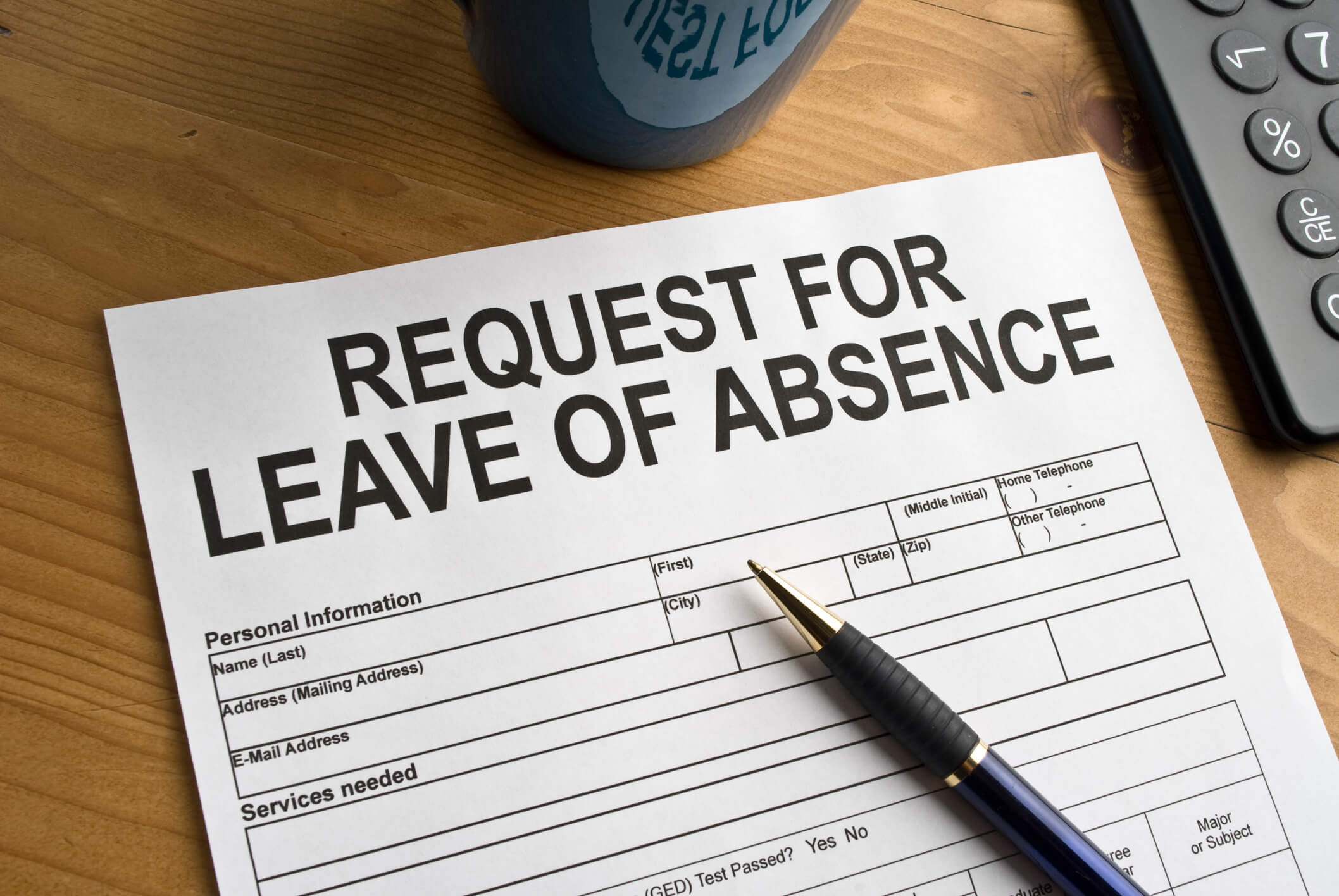On June 8, 2021, Governor Kate Brown signed into law House Bill (HB) 2474, amending the Oregon Family Leave Act (OFLA) to update and expand the law’s eligibility and leave provisions. The amendments give eligibility to take leave to employees reemployed after a separation or returning after a temporary work cessation within 180 days, expand eligibility and leave entitlements during public health emergencies, and remove gendered language. The OFLA amendments take effect on January 1, 2022. Oregon employers covered by OFLA may want to update their OFLA policies and forms to comply with the new requirements by that date.
Eligibility for Reemployed and Returning Employees
Under the current eligibility criteria, Oregon employees who work for an employer with at least 25 employees in Oregon are eligible to take OFLA leave if the employer has employed them for at least 180 days immediately before the leave begins. In addition, for OFLA-qualifying reasons other than parental leave, employees must have “worked an average of at least 25 hours per week” during the 180 days immediately before the leave begins to be eligible. The current law does not provide for any credit for prior service to employees reemployed or returning after a break in service.
The new OFLA amendments make employees reemployed after a separation from employment or returning from work after a temporary cessation of scheduled work hours, within 180 days eligible for leave in the following circumstances.
- Employees reemployed or returning within 180 days who were eligible for OFLA leave (based on the current eligibility criteria described above) at the time of their separation from employment or the beginning of their temporary cessation of work will be eligible to take OFLA leave immediately upon reemployment or return.
- Employees reemployed or returning within 180 days who were not yet eligible for OFLA leave (based on the current eligibility criteria described above) at the time of their separation from employment or the beginning of their temporary cessation of work will receive credit for time worked for the employer prior to the break in service for the purpose of establishing eligibility.
Employees reemployed or who return to work after a separation or temporary cessation of scheduled hours of more than 180 days must still reestablish eligibility for OFLA leave anew and will not receive credit for prior service.
The amendments also provide that any OFLA leave taken by an employee who has been reemployed or who has returned to work “within any one-year period [will] continue[] to count” toward the employee’s OFLA leave entitlement.
Expanded Eligibility During Periods of Public Health Emergency
The amendments also expand eligibility to take OFLA leave for any qualifying reason during a period of public health emergency to all employees of a covered employer if:
- the employer has employed them for at least 30 days immediately before the leave begins; and
- they worked an average of at least 25 hours per week during the 30 days immediately preceding the leave.
For purposes of OFLA leave, “public health emergency” means a public health emergency declared under Oregon Revised Statutes (ORS) 433.441, or an emergency declared under ORS 401.165, if related to a public health emergency as defined in ORS 433.442.
Expanded Reasons for Leave Due to Public Health Emergency
The amendments further codify recent rule changes by the Oregon Bureau of Labor and Industries (BOLI), expanding the list of qualifying OFLA reasons to include leave to care for a child of the employee “who requires home care due to the closure of the child’s school or child care provider as a result of a public health emergency.” The OFLA amendments do not define “child care provider” or “closure,” but the recent changes to the BOLI rules include definitions of those terms.
The OFLA amendments expressly codify the recent BOLI rule providing that employers may not require employees to provide medical verification of the need for leave for this reason, although employers may request other verification, including:
- “[t]he name of the child requiring home care”;
- “[t]he name of the school or child care provider that is subject to closure”;
- “[a] statement from the employee that no other family member of the child is willing and able to care for the child”; and
- “[a] statement that special circumstances exist that require the employee to provide home care for the child during the day, if the child is older than 14 years of age.”
Elimination of Gendered Language
Finally, the OFLA amendments remove gendered language from the statutory provisions related to pregnancy and childbirth-related leave—which previously referred only to female employees—clarifying that any eligible employee may take OFLA leave for an illness, injury, or condition related to the employee’s own pregnancy or childbirth, without regard to gender.
For an overview of the latest changes to Oregon employment law and workplace guidance, including developments related to the COVID-19 pandemic, please join us for our upcoming webinar, “Oregon Legislative Update: Employment Law and the COVID-19 Pandemic,” which will take place on Wednesday, July 14, 2021, from 11:00 a.m. to 12:00 noon Pacific daylight time. The speakers will discuss recent legislative changes to Oregon’s discrimination, leave, and noncompete laws, as well as other workplace laws. The speakers will also cover the latest Oregon Health Authority and Oregon Occupational Safety and Health Division (Oregon OSHA) workplace guidance relating to COVID-19. Register here.
Ogletree Deakins will continue to monitor new and pending legislation in Oregon and will post updates on the firm’s Oregon blog. Important information for employers is also available via the firm’s podcast programs.




